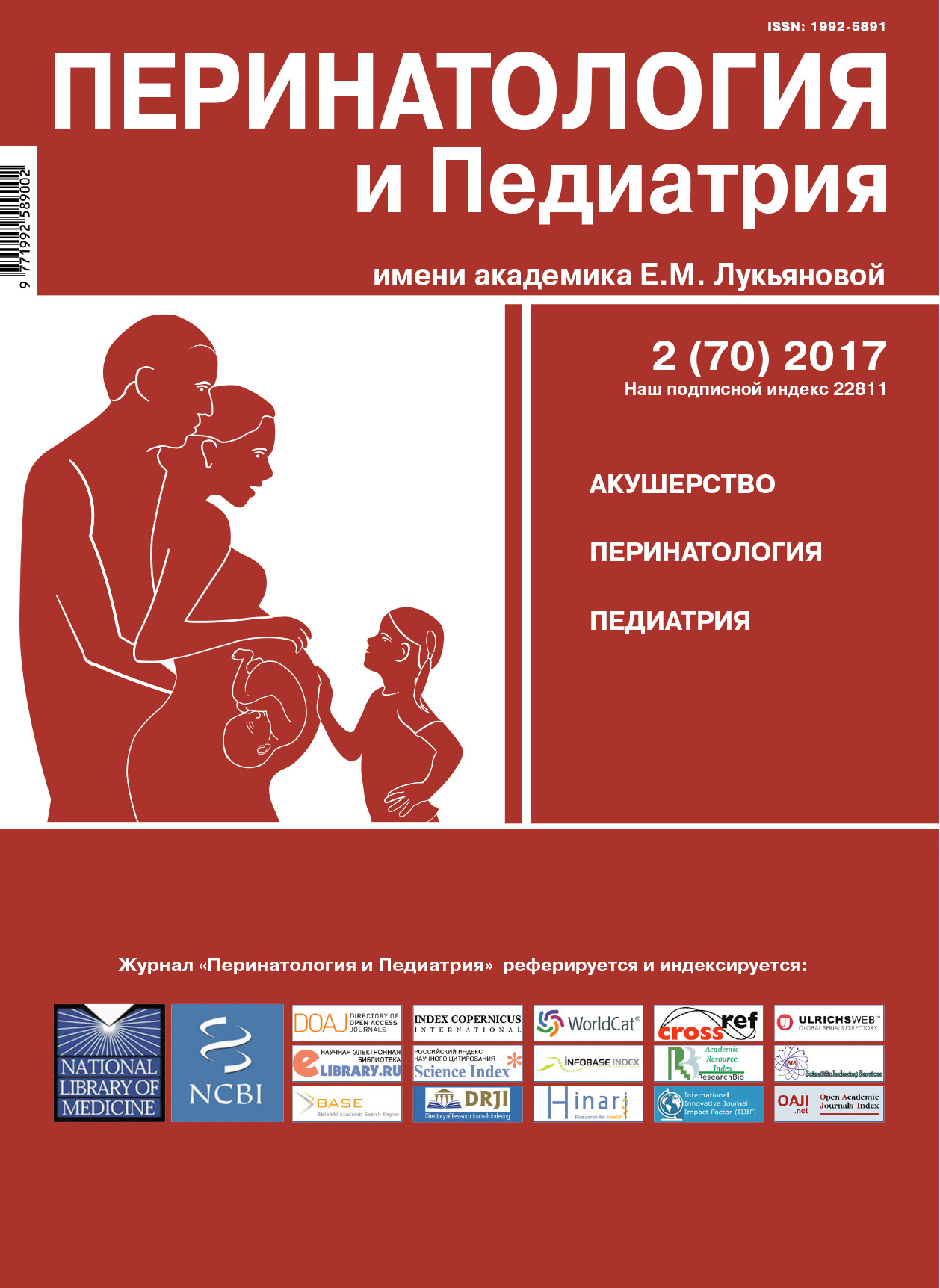УСПЕШНАЯ ЛАПАРОСКОПИЧЕСКАЯ НЕФРЭКТОМИЯ У РЕБЕНКА РАННЕГО ВОЗРАСТА С ЛЕВОСТОРОННИМ ТЕРМИНАЛЬНЫМ ГИДРОНЕФРОЗОМ
DOI:
https://doi.org/10.15574/10.15574/PP.2017.70.150Ключевые слова:
врожденный порок развития почки, гидронефроз, лапароскопическая коррекция, ребенок раннего возрастаАннотация
Представлен клинический случай успешного лечения ребенка с врожденным пороком развития мочевыделительной системы — гидронефротической трансформацией левой почки III степени, осложненной вторичным хроническим пиелонефритом. Диагноз установлен путем выполнения ультразвукового исследования органов забрюшинного пространства, экскреторной урографии, нефросцинтиграфии и компьютерной томографии. Проведено оперативное лечение — лапароскопическое удаление гидронефротической почки. Результат хирургической коррекции представленного порока развития — хороший.Библиографические ссылки
Puri P, Golvart M. (2009). Atlas of Children's Surgical Surgery. Under the general. Ed Prof TK Nemilova. М, MEDPRESS-INFORM: 501-508.
Lopatkin NA. (2002). Urology. Moscow, Geotard-med: 139-159.
Pantyukhin VS, Selivanov DV. (2001). Results of treatment of children with hydronephrosis. Proceedings of the scientific and practical conference of children urologists "Modern technologies in the evaluation of long-term results of treatment of urological pathology in children". Moscow: 106.
Cervellione RM, Gordon M, Hennayake S. (2007). Financial Analysis of Laparoscopic Versus Open Nephrectomy in the Pediatric Age Group. Journal of Laparoendoscopic & Advanced Surgical Techniques. 17(5): 690-692. https://doi.org/10.1089/lap.2007.0015; PMid:17907990
Chertin B, Rolle U, Farkas A at al. (2003). Does delaying pyeloplasty affect renal function in children with a prenatal diagnosis of pelvi-ureteric junction obstruction. Journal of Pediatric Surgery. 38(9): 1423. https://doi.org/10.1016/S0022-3468(03)00448-2
Hansen MH, Wang B-Y, Afzal N, Boineau FG et al. (2003). Effect of urinary tract infection on ureteropelvic junction obstruction in a rat model. Urology. 61(4): 858-863. https://doi.org/10.1016/S0090-4295(02)02413-5
Elder JS. (1997). Antenatal hydronephrosis. Fetal and neonatal management. Pediatr Clin North Am. 44(5): 1299-1321. https://doi.org/10.1016/S0031-3955(05)70558-7
Kim C, McKay K, Docimo SG. (2009). Laparoscopic Nephrectomy in Children: Systematic Review of Transperitoneal and Retroperitoneal Approaches. Urology. 73(2): 280–284. https://doi.org/10.1016/j.urology.2008.08.471; PMid:18952262
Jordão RD, Dénes FT, Cristofani LM, Srougi M. (2009). Laparoscopic nephrectomy for Wilms’ tumor. Journal Expert Review of Anticancer Therapy. 9(6): 753-761. https://doi.org/10.1586/era.09.44; PMid:19496712
Castillo OA, Foneron-Villarroel A, López-Fontana G, Bolufer E, Rodríguez-Carlina A. (2011). Laparoscopic nephrectomy in children. Actas Urológicas Españolas. 35(4): 195–199. https://doi.org/10.1016/j.acuro.2010.12.011; https://doi.org/10.1016/S2173-5786(11)70049-X
Johnson CE, Elder JS et al. (1992). The accuracy of antenatal ultrasonography in identifying renal abnormalities. Am J Dis Child. 146(10): 1181-1184. https://doi.org/10.1001/archpedi.1992.02160220067024
Thomas DF. (1990). Fetal uropathy. Br J Urol. 66(3): 225-231. https://doi.org/10.1111/j.1464-410X.1990.tb14917.x; PMid:2207535
Saari-Kemppainen A, Karjalainen O et al. (1990). Ultrasound screening and perinatal mortality: controlled trial of systematic one-stage screening in pregnancy. The Helsinki Ultrasound Trial. Lancet. 18; 336(8712): 387-391.

